Gluing the ceiling plinth
Ceiling plinth made of extruded polystyrene is used for interior decoration of residential and office premises; it goes well with wallpaper, painting, and adhesive ceiling tiles. The use of ceiling plinth qualitatively improves the image of the ceiling, gives it a finished look, and also allows you to hide various defects, such as gaps between the ceiling and the wall, and remove various irregularities.
The ceiling plinth is glued BEFORE wallpapering or painting the walls and ceiling. Firstly, while gluing the baguette you can ruin the wallpaper (or painting), and secondly, if you want to replace the wallpaper, you will have to change it along with the frieze. So it is necessary to glue the ceiling border before finishing, after puttying and priming the walls and ceiling.
The ceiling plinth can simply be glued to liquid nails. Ceiling plinth made of polystyrene foam adheres well to styrofoam glue. The ceiling plinth can be glued very well with acrylic or silicone or acrylic sealant. Silicone sealant is only suitable if you will not paint the ceiling plinth later - most paints do not stick to silicone. Dragon glue is also popular for gluing frieze. It should be remembered that when using sealants and adhesives, the surface must be clean and free of dust, grease, etc.
In general, many builders prefer to glue friezes onto putty. The required amount of finishing putty of the required consistency is mixed. The putty is applied to the surface of the frieze with a spatula. Then the baseboard is pressed against the ceiling and wall, and excess putty is removed with a damp sponge. The advantage of this method is that putty is much cheaper than glue, besides, after gluing with putty, you can fill the joints between the baseboards; all types of paints fit perfectly on the putty.
The corners are cut as follows: attach the plinth to the ceiling, draw lines with a pencil at the top and bottom, then to the other wall in the same way. Using a stationery cutter, make a cut from one intersection of lines to another, the same with the second plinth, approximately in the same plane. Place both plinths against the wall; if there is a gap, trim the plinth so that the cut is in the same plane as the other. If the walls and ceiling are relatively perpendicular to each other, then you can use a miter box, this will greatly simplify cutting corners.
After gluing the frieze, you can start painting. If you plan to paint the ceiling and the frieze with different paints, then the frieze is painted using a spatula (you can use any other plane of a suitable size)

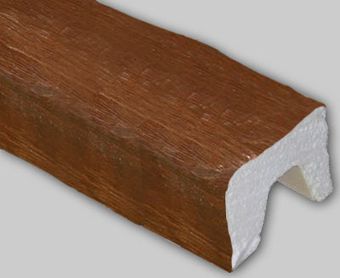 Decorative beams
Decorative beams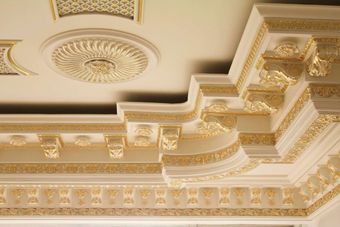 Smooth cornices
Smooth cornices Cornices with ornaments
Cornices with ornaments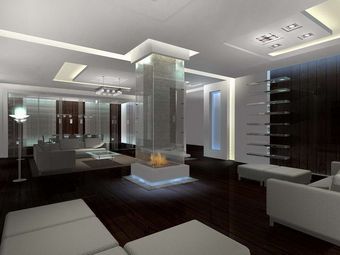 Concealed lighting cornices
Concealed lighting cornices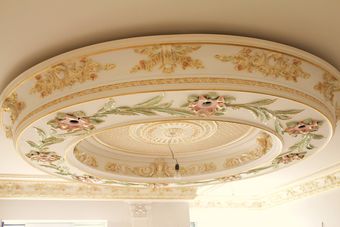 Polyurethane domes
Polyurethane domes Ceiling tiles
Ceiling tiles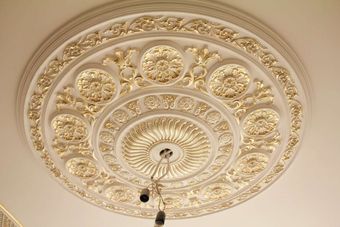 Decorative rosettes
Decorative rosettes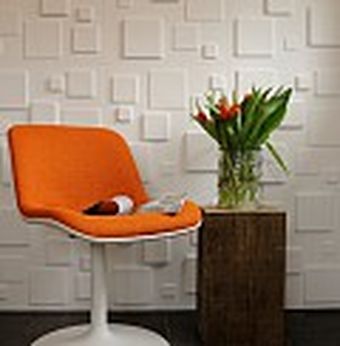 3D panels
3D panels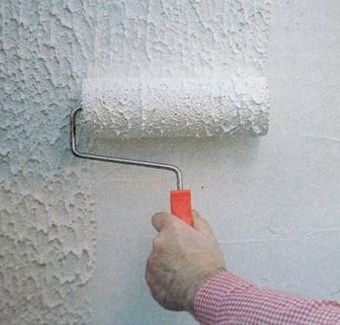 Liquid wallpaper
Liquid wallpaper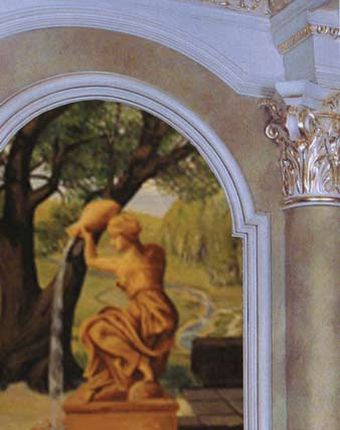 Door frame
Door frame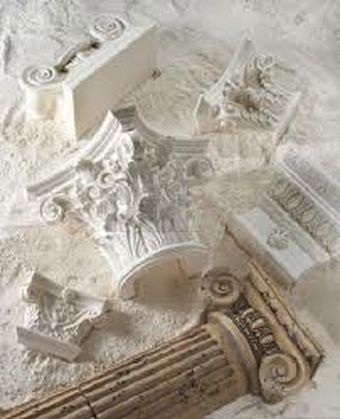 Columns and semi-columns
Columns and semi-columns Moldings
Moldings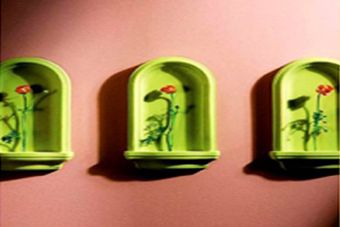 Wall niches
Wall niches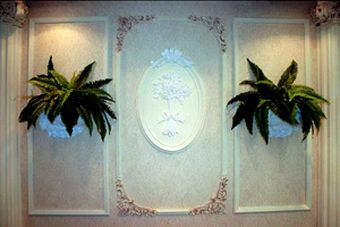 Ornaments, panels
Ornaments, panels Fireplace panels
Fireplace panels Pilasters
Pilasters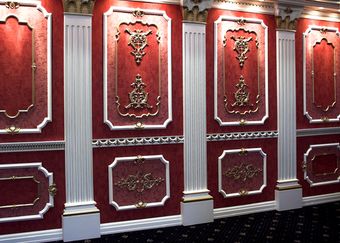 Corner elements
Corner elements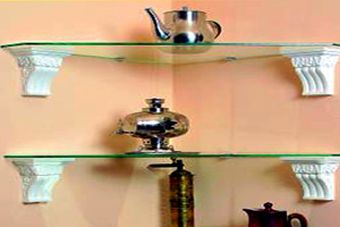 Brackets, consoles
Brackets, consoles Photo paintings
Photo paintings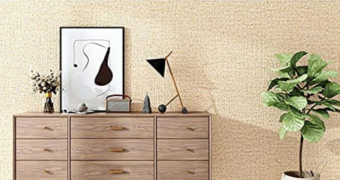 Texture wallpaper
Texture wallpaper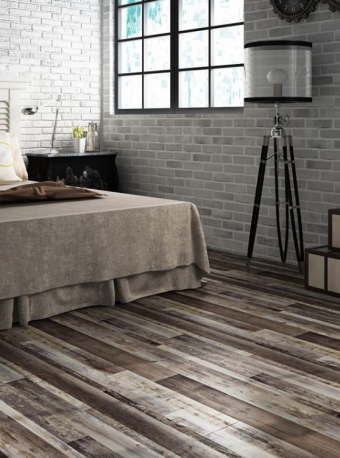 Self-adhesive tiles
Self-adhesive tiles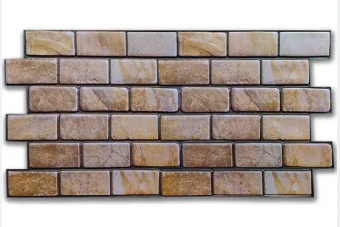 Decorative PVC sheet panels
Decorative PVC sheet panels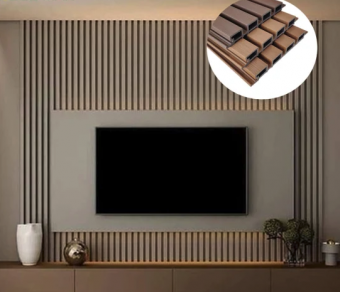 WPC Decorative Wall Slats
WPC Decorative Wall Slats Carpets
Carpets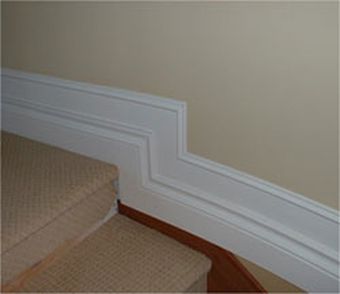 Floor skirting boards
Floor skirting boards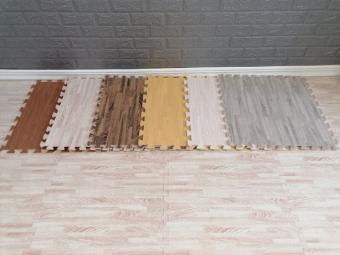 Soft floor puzzle
Soft floor puzzle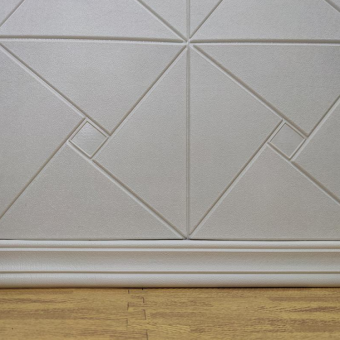 Self-adhesive skirting board
Self-adhesive skirting board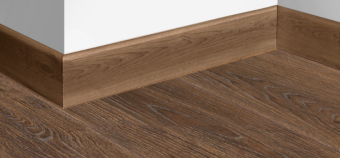 MDF plinth
MDF plinth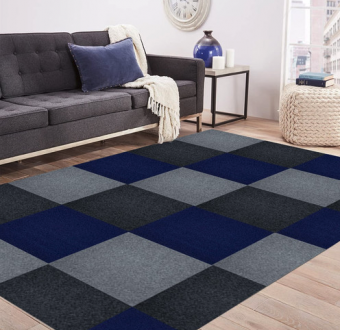 Self-adhesive carpet
Self-adhesive carpet Curtain rods
Curtain rods Window sills
Window sills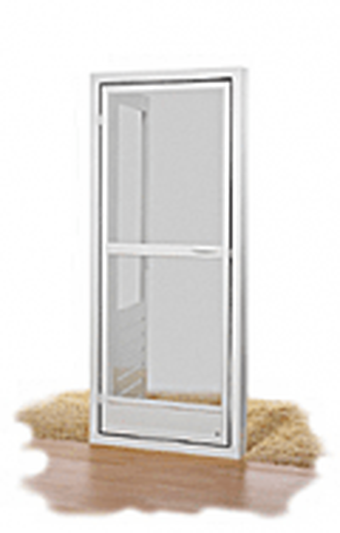 Mosquito net
Mosquito net Photoblinds
Photoblinds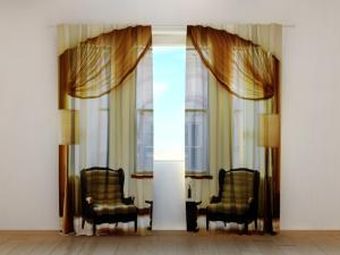 Photo curtains
Photo curtains Roller blinds (roller blinds)
Roller blinds (roller blinds)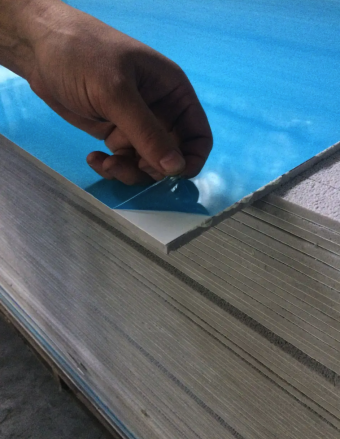 Sandwich panels
Sandwich panels Window sills
Window sills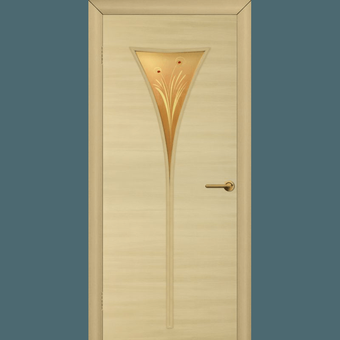 Doors Omis
Doors Omis Liquid nails and glue
Liquid nails and glue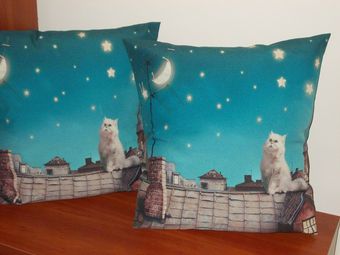 Photobed
Photobed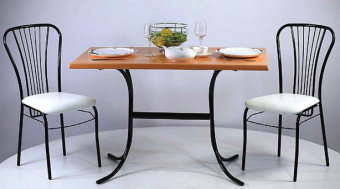 Table tops
Table tops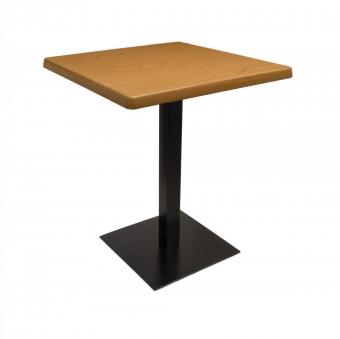 Table supports
Table supports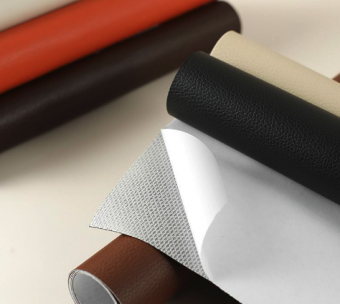 Self-adhesive eco-leather
Self-adhesive eco-leather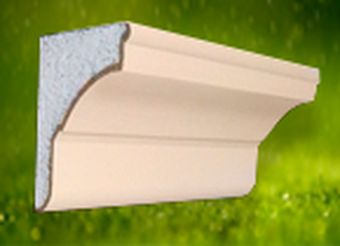 Cornices for facade
Cornices for facade Moldings for facade
Moldings for facade Columns, pilasters
Columns, pilasters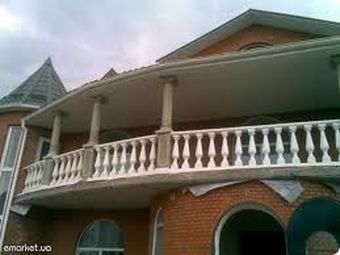 Balustrades, balusters
Balustrades, balusters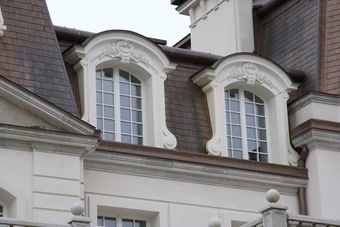 Window framing
Window framing Bassages, rustics, castles
Bassages, rustics, castles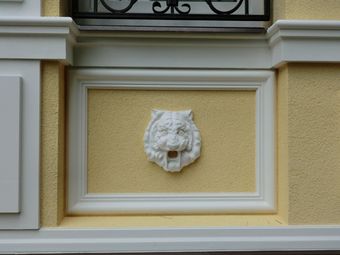 Sandriks, decor, bas-relief
Sandriks, decor, bas-relief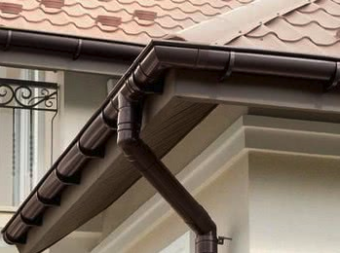 Drainage systems
Drainage systems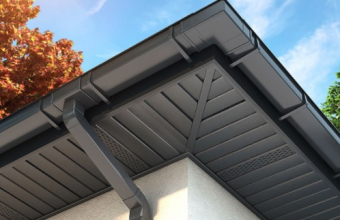 Soffits
Soffits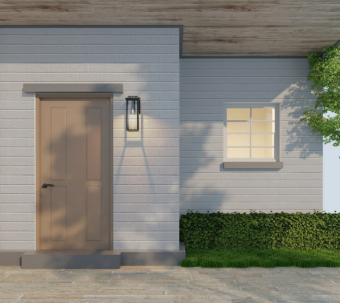 Facade panels
Facade panels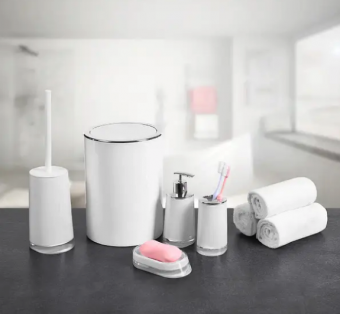 Bathroom accessories
Bathroom accessories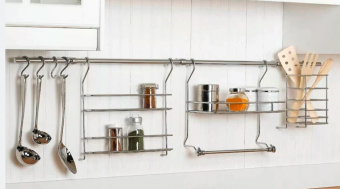 Kitchen accessories
Kitchen accessories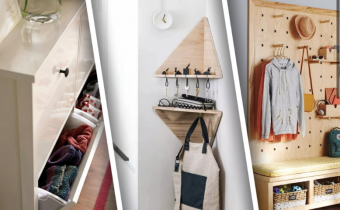 Accessories for the hallway
Accessories for the hallway Accessories for cosmetics
Accessories for cosmetics Household chemicals
Household chemicals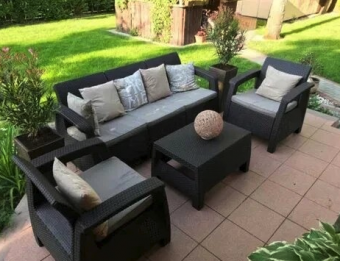 Materials for street decoration
Materials for street decoration